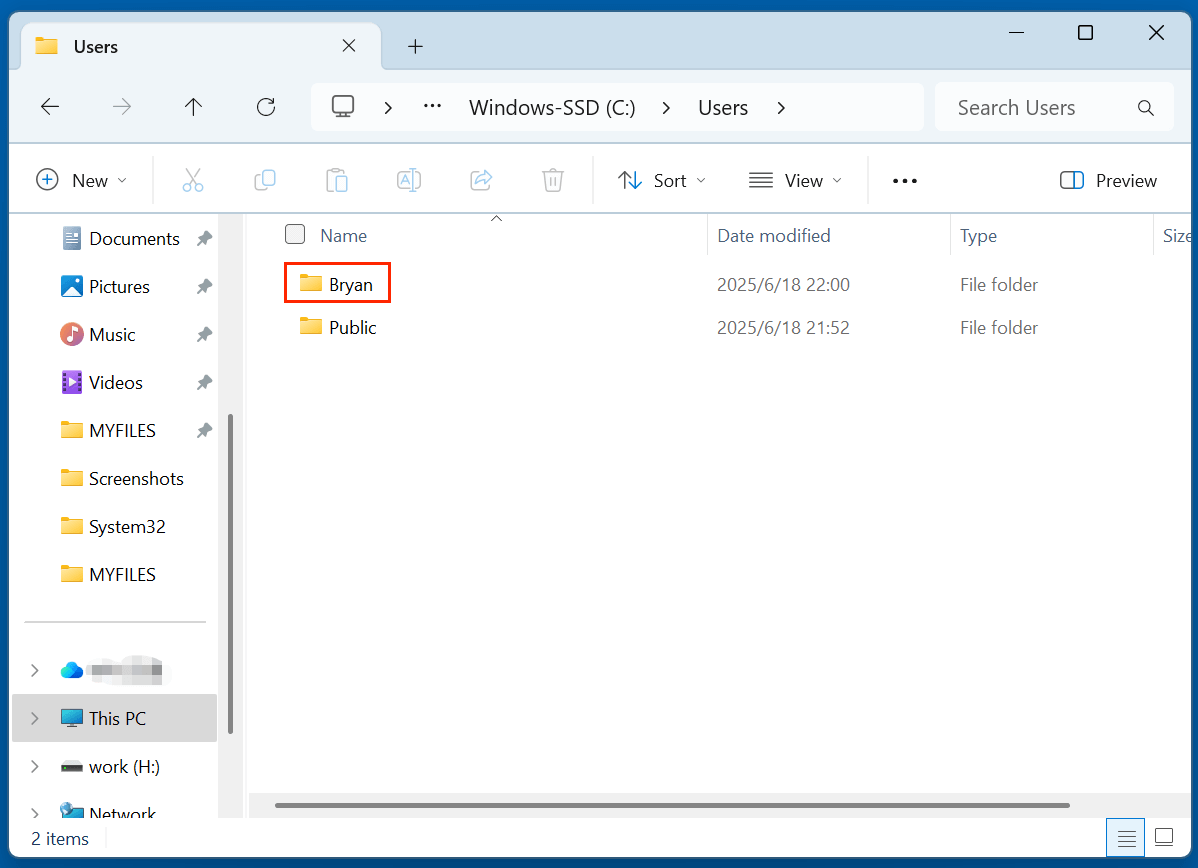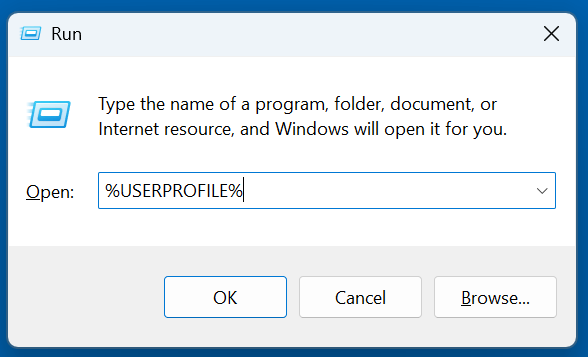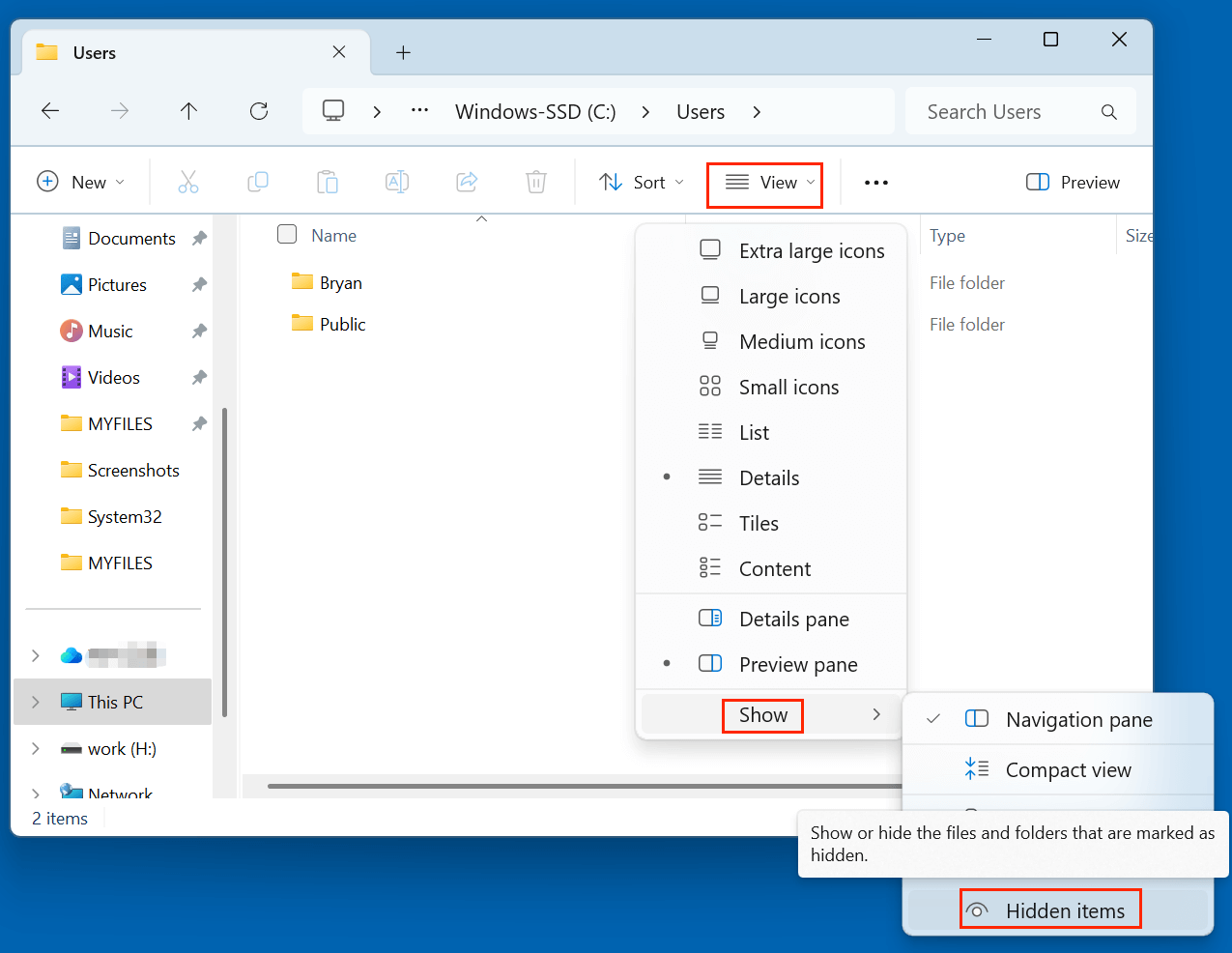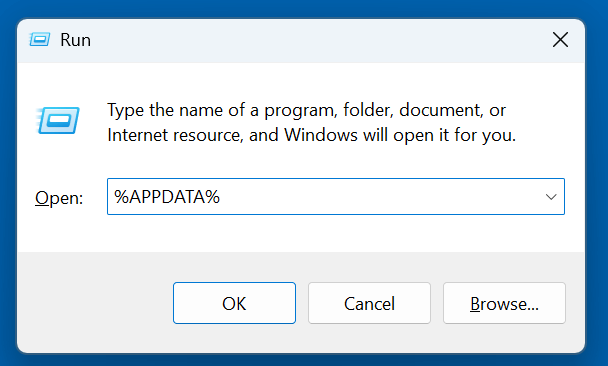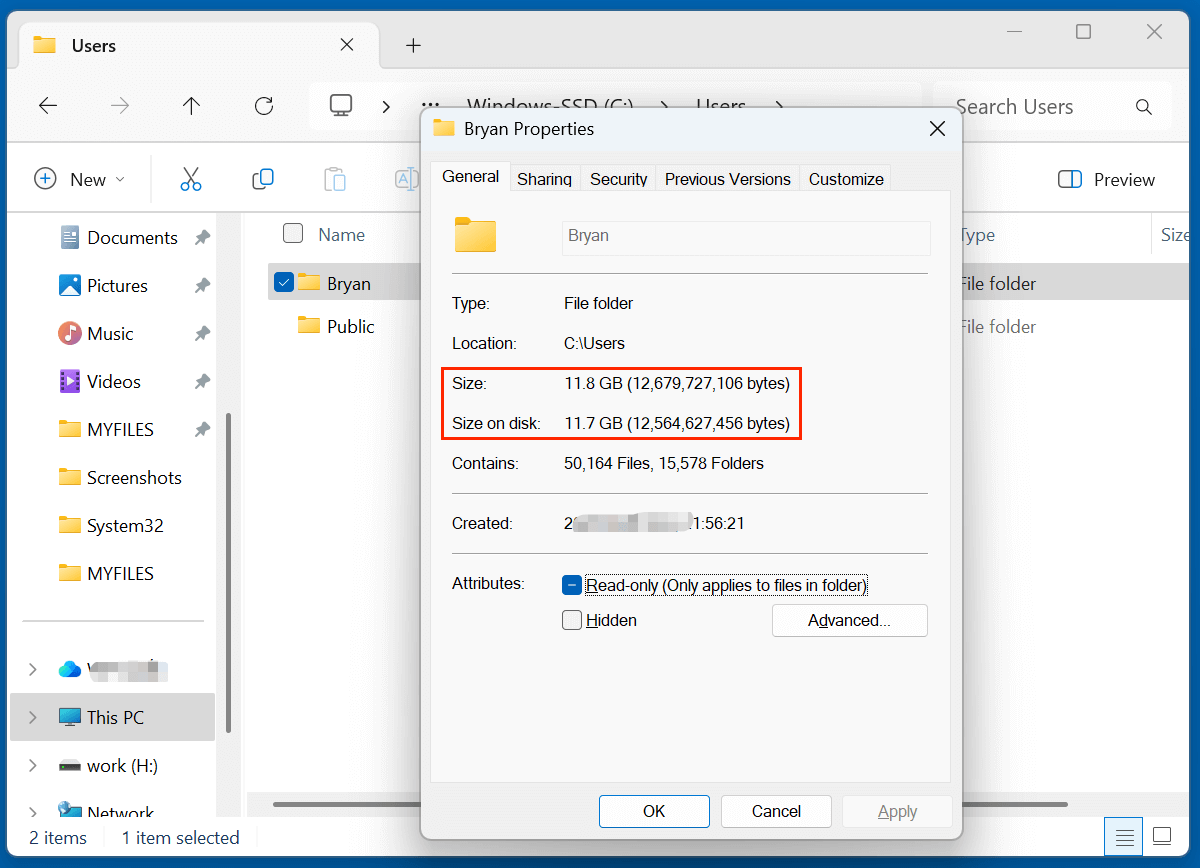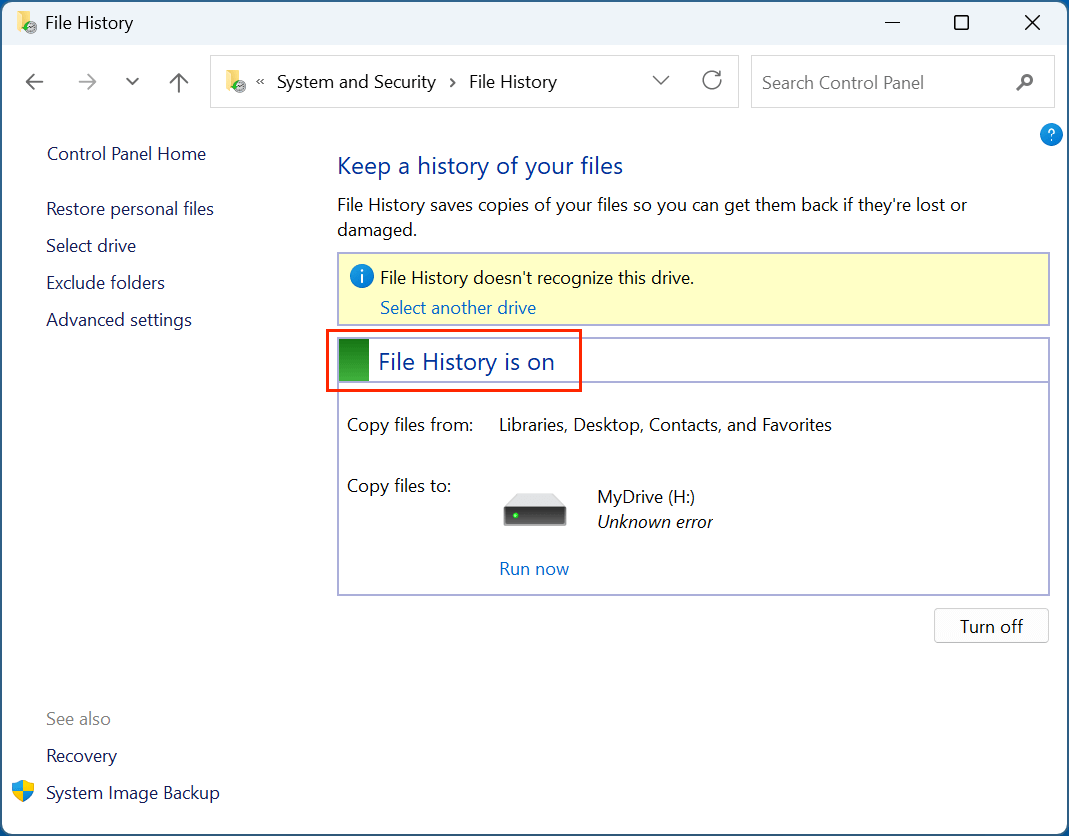PAGE CONTENT:
- What Is the Windows User Folder?
- Key Components Inside a User Folder
- How Windows Manages User Folders?
- Customizing the User Folder
- Accessing and Navigating the User Folder
- Backing Up the User Folder
- Windows User Folder Troubleshooting Common Issues
- Advanced Tips for Managing User Folder
- FAQs About Windows User Folder
- Conclusion
In Microsoft Windows, the User Folder plays a critical role in managing user data, preferences, and system configurations. Whether you're a casual user storing documents and photos or a system administrator overseeing multiple accounts, understanding the Windows User Folder is key to maintaining a healthy and efficient computing environment. This article explores what the user folder is, how it functions, and how to effectively manage and troubleshoot it.
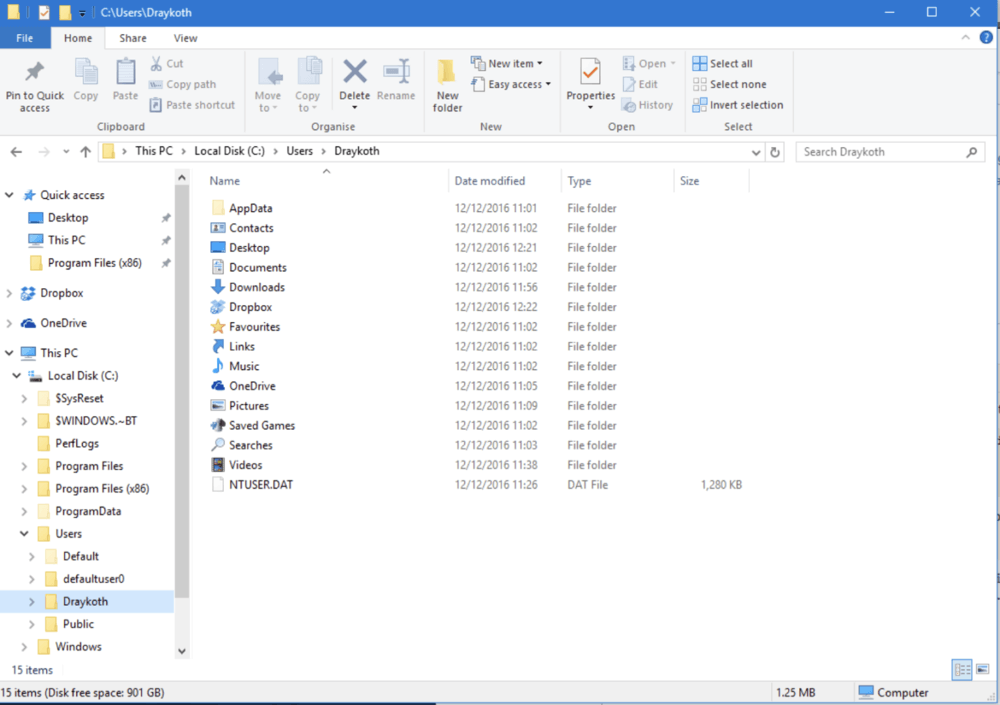
What Is the Windows User Folder?
The User Folder is a dedicated space on your Windows PC where personal data, configuration files, and application settings for a specific user account are stored. When a new user account is created, Windows automatically generates a user folder under the C:\Users\ directory.
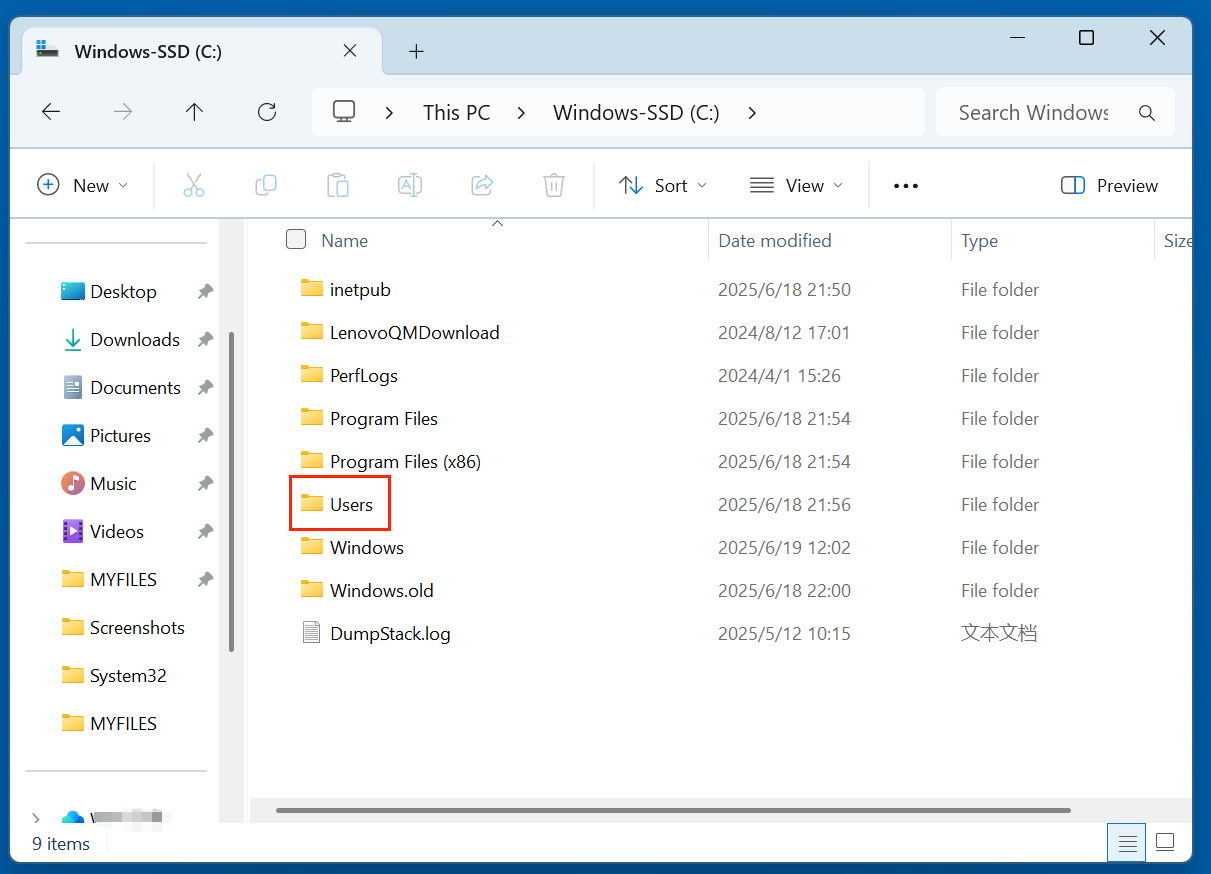
For example, if your username is John, the system will create a folder: C:\Users\Anthony
This folder becomes the hub for all your personalized settings, files, and app configurations. Each user account on a system has its own user folder, ensuring privacy and a customized experience.
Key Components Inside a User Folder
Inside a Windows user folder, you'll find several subfolders. These directories help organize your personal data and make it easy for Windows and installed applications to locate and store files.
1. Desktop
- Reflects everything shown on your Windows desktop.
- Files saved here appear directly on the screen.
2. Documents
- Default location for saving Word files, PDFs, and other work-related documents.
- Many programs default to this directory for storing data.
3. Downloads
- The go-to folder for files downloaded from the internet.
- Managed by browsers like Chrome, Edge, and Firefox.
4. Pictures, Music, Videos
- Media folders that store images, songs, and videos.
- Often used by editing software and media players.
5. AppData
- A hidden folder crucial for storing application data.
- Divided into three parts:
- Local: App settings stored only on that machine.
- Roaming: App settings that roam with your profile (mainly in domain environments).
- LocalLow: Used for low-integrity apps such as older browsers or Flash-based tools.
6. Other Folders
- Contacts, Favorites, Links, Searches, and Saved Games may also be present, depending on your usage and Windows version.
How Windows Manages User Folders?
When you create a new local or Microsoft user account, Windows automatically sets up the user folder. The folder name typically matches the username, but minor changes might occur if the name already exists.
1. User Profiles
Each folder corresponds to a user profile that includes:
- Desktop background and themes
- Internet history and browser cache
- App-specific settings
- File history
2. Environment Variables
Windows uses environment variables to reference user folders:
- %USERPROFILE%: Refers to the user folder path (e.g., C:\Users\John)
- %APPDATA%: Refers to C:\Users\John\AppData\Roaming
- %LOCALAPPDATA%: Refers to C:\Users\John\AppData\Local
These variables help developers and system administrators manage paths without hardcoding specific directory names.
Customizing the User Folder
There are a few scenarios where you may want to customize the location or structure of your user folder.
1. Moving Individual Folders
You can relocate folders like Documents, Downloads, and Pictures to another drive:
- Right-click the folder.
- Select Properties.
- Go to the Location tab.
- Click Move, then choose the new location.
2. Using Symbolic Links or Junction Points
Advanced users and IT admins can use symbolic links to redirect folders without modifying application settings. For example:
mklink /D "C:\Users\John\Documents" "D:\Documents"
This makes Windows think the documents are still on the C: drive, while the actual files reside elsewhere.
3. Moving the Entire User Folder
While it's technically possible to move the entire C:\Users folder to another drive, it's not recommended due to:
- System update complications
- Application path dependencies
- User profile corruption risk
If necessary, it's best to plan this during a clean install using the Windows Audit Mode and Sysprep tool.
Accessing and Navigating the User Folder
1. Using File Explorer
- Open File Explorer.
- Navigate to C:\Users.
- Click your username to open your folder.
![User Folder]()
2. Using Run Dialog or Command Line
You can also access your folder using:
- %USERPROFILE% in the Run dialog (Win + R)
![User Folder]()
- Command Prompt:
cd %USERPROFILE%
![User Folder]()
3. Accessing Hidden Folders
To view AppData:
- Enable hidden items in File Explorer by going to View > Show > Hidden items.
![User Folder]()
- Alternatively, enter %APPDATA% in the Run dialog.
![User Folder]()
Backing Up the User Folder
Backing up your user folder is a critical task that ensures the safety of your personal files, app data, and system configurations. Whether you're upgrading your computer, switching to a new device, or protecting against data loss from malware or hardware failure, having a backup can save you hours - or even days - of recovery time.
1. Why Backing Up the User Folder Is Important
The user folder contains more than just documents and photos; it includes everything that makes your Windows experience personalized. Losing this folder could mean:
- Losing important work documents, spreadsheets, or presentations.
- Losing application-specific data, like game saves, email profiles, or preferences.
- Losing downloaded files, archived installers, or scanned copies of IDs.
Backing up the user folder is especially important before:
- Major system updates or Windows reinstallation
- Switching to a new PC
- Running disk cleanup or third-party optimization software
- Using advanced troubleshooting tools that might delete user data
2. Manual Backup Method (Step-by-Step)
Manual backup gives you full control over what gets saved and where it goes. Here's how to do it:
Step 1: Locate the User Folder
- Open File Explorer.
- Navigate to C:\Users.
- Right-click your user folder (e.g., C:\Users\John) and select Properties to check the folder size. Make sure you have enough space on the destination drive.
![User Folder]()
Step 2: Show Hidden Files and Folders
- Click View > Show > Hidden Items in the Explorer toolbar.
- This reveals folders like AppData, which are essential for a complete backup.
Step 3: Copy the Folder
- Select all contents inside your user folder (press Ctrl + A).
- Right-click and select Copy.
- Paste the files to your backup destination:
- External hard drive
- USB drive
- Network-attached storage (NAS)
- Cloud storage (Google Drive, Dropbox, OneDrive)
💡 Tip: Use a compression tool like WinRAR or 7-Zip to reduce size and speed up transfer time.
Step 4: Verify Your Backup
- Browse through the backup folder and verify that important files are accessible.
- Check large folders like Documents, Downloads, and AppData to confirm that no content was missed.
3. Using File History (Built-in Windows Tool)
File History is a native Windows backup feature that automatically saves versions of files in your user folders. It’s simple to configure and allows you to restore files to earlier versions.
How to Set Up File History:
- Open Control Panel > System and Security > File History.
- Plug in an external drive or select a network location.
- Click Turn On.
![User Folder]()
- By default, File History backs up:
- Libraries (Documents, Music, Pictures, Videos)
- Desktop
- Contacts
- Favorites
- Click Advanced Settings to change frequency and retention options.
Restore: Go back to File History, click Restore personal files, and browse through time-based versions to recover old or lost files.
4. Syncing with OneDrive
For users with a Microsoft account, OneDrive is a convenient and automatic way to back up key user folders.
How to Use OneDrive for Backup:
- Sign in to your Microsoft account in Windows Settings.
- Open OneDrive settings (cloud icon in system tray).
- Go to the Backup tab.
- Click Manage Backup.
- Choose to back up Desktop, Documents, and Pictures folders.
Once enabled, files in these folders sync in real-time to your OneDrive cloud account, making them accessible from any device.
Free storage is 5 GB; paid plans offer 100 GB or more.
Windows User Folder Troubleshooting Common Issues
1. Missing User Folder
Sometimes, after a Windows update or improper shutdown, your user folder might appear missing. In many cases, Windows has created a temporary profile.
Solution:
- Log out and restart.
- Check C:\Users for the original folder.
- Use System Restore or create a new profile and transfer files.
2. "User Profile Cannot Be Loaded"
Occurs due to corrupted registry entries or profile files.
Solution:
- Boot into Safe Mode.
- Open Registry Editor and navigate to:
HKEY_LOCAL_MACHINE\SOFTWARE\Microsoft\Windows NT\CurrentVersion\ProfileList
- Look for duplicate entries ending in .bak and rename/repair them.
3. Permissions Errors
You may get "Access Denied" when trying to open another user’s folder or files from an old user account.
Solution:
- Take ownership via Properties > Security > Advanced.
- Use the takeown and icacls commands in CMD.
4. Corrupted Profile
If a user profile is corrupted:
- Create a new account.
- Log in to the new profile.
- Manually transfer files from the old profile (found in C:\Users).
Advanced Tips for Managing User Folder
1. Default User Profile Configuration
Admins can set a base profile in C:\Users\Default so every new user inherits custom settings.
2. Redirecting with Group Policy
In enterprise environments, you can redirect user folders (like Documents) to a network drive using Group Policy:
User Configuration > Windows Settings > Folder Redirection
3. Using Sysprep
IT professionals preparing system images can relocate user folders using Sysprep in Audit Mode. This is useful for large-scale deployments.
FAQs About Windows User Folder
Q1: Can I delete old user folders?
Yes, but make sure the account is no longer in use and all of the important data has been backed up.
Q2: How do I transfer my user folder to another PC?
Use:
- Windows Easy Transfer (older versions)
- PCmover
- Manually copy contents to an external drive and restore them on the new machine.
- Use disk cloning software.
Q3: What happens if I rename my user folder?
Don't rename it directly - it breaks links in system registry and app configurations. Instead:
- Create a new user with the desired name.
- Transfer the data manually.
Conclusion
The Windows User Folder is more than just a place to store personal files - it's the backbone of your customized computing experience. Understanding its structure, contents, and how to manage it helps you:
- Prevent data loss
- Improve system organization
- Troubleshoot issues effectively
Whether you're a home user seeking to optimize backups or a system admin deploying custom user profiles, managing the user folder wisely is key to maximizing the reliability and performance of your Windows system.
If you have deleted important files from the Windows user folder, you can use data recovery software - such as Donemax Data Recovery to get the deleted files back.
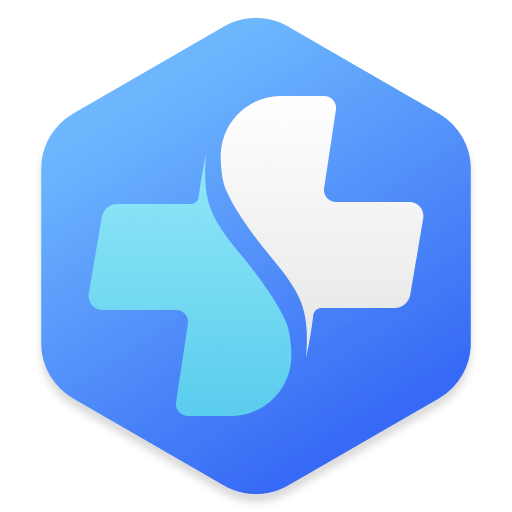

Donemax Data Recovery
One of the best data recovery programs to recover deleted, formatted or lost data from PC, Mac, HDD, SSD, USB drive, SD card, camera, RAID, Sever or other storage devices.
Related Articles
- Apr 15, 2025What is Data Recovery, How to Recover Lost Data?
- Nov 23, 2024Full Disk Access on Mac: Should I Enable It?
- Dec 19, 2024About SD Cards, SD Card Types, How to Format SD Cards
- Feb 01, 2024What Is Data Erasure?
- Oct 11, 2024What Is Time Machine?
- Nov 11, 2024What is Mac Safe Mode? How to Use Safe Mode on Mac?

Steven
Steven has been a senior writer & editor of Donemax software since 2020. He's a super nerd and can't imagine the life without a computer. Over 6 years of experience of writing technical solutions and software tesing, he is passionate about providing solutions and tips for Windows and Mac users.

Gerhard Chou
In order to effectively solve the problems for our customers, every article and troubleshooting solution published on our website has been strictly tested and practiced. Our editors love researching and using computers and testing software, and are willing to help computer users with their problems
Hot Donemax Products
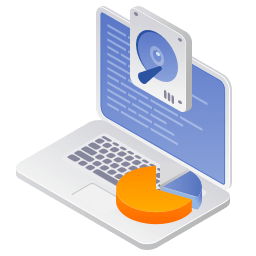
Clone hard drive with advanced clone technology or create bootable clone for Windows/Mac OS.
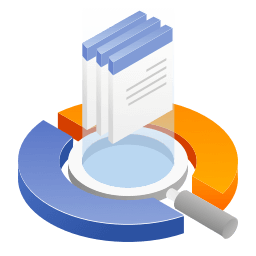
Completely and easily recover deleted, formatted, hidden or lost files from hard drive and external storage device.
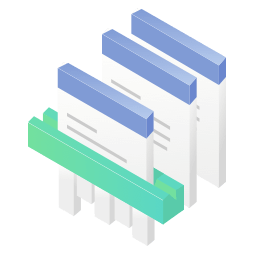
Certified data erasure software - permanently erase data before selling or donating your disk or any digital device.
